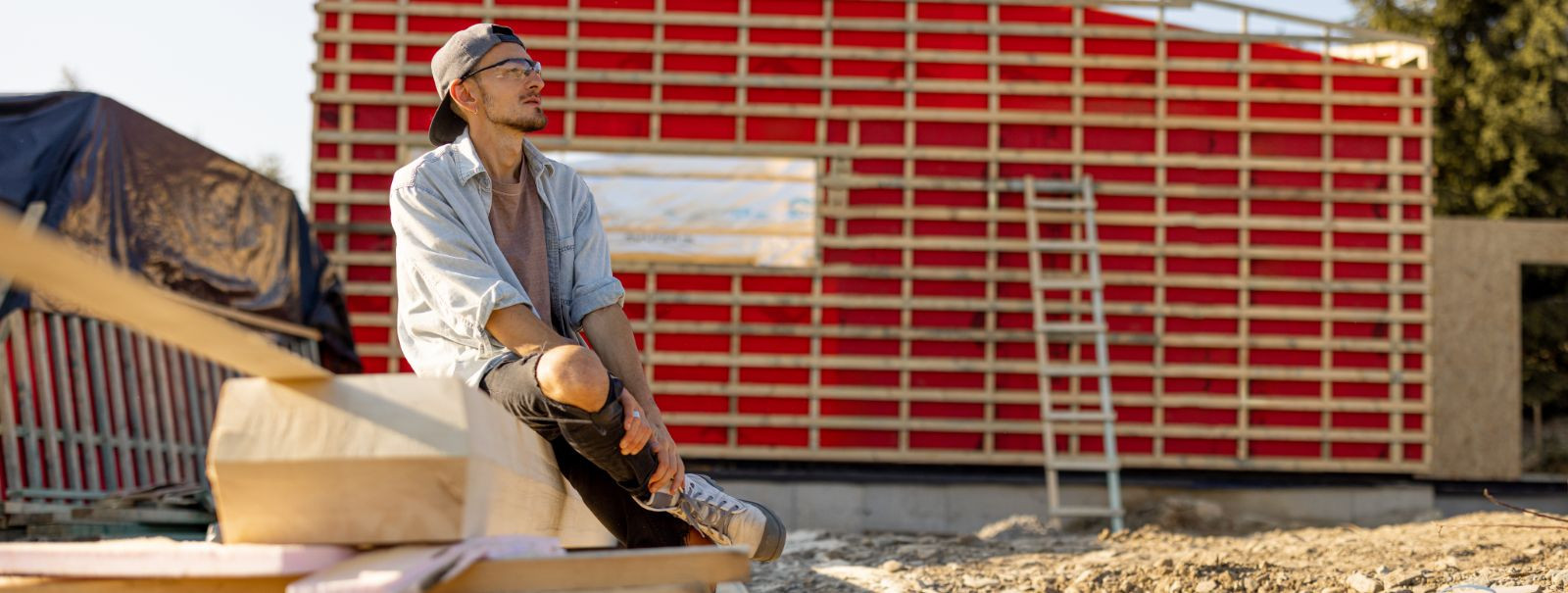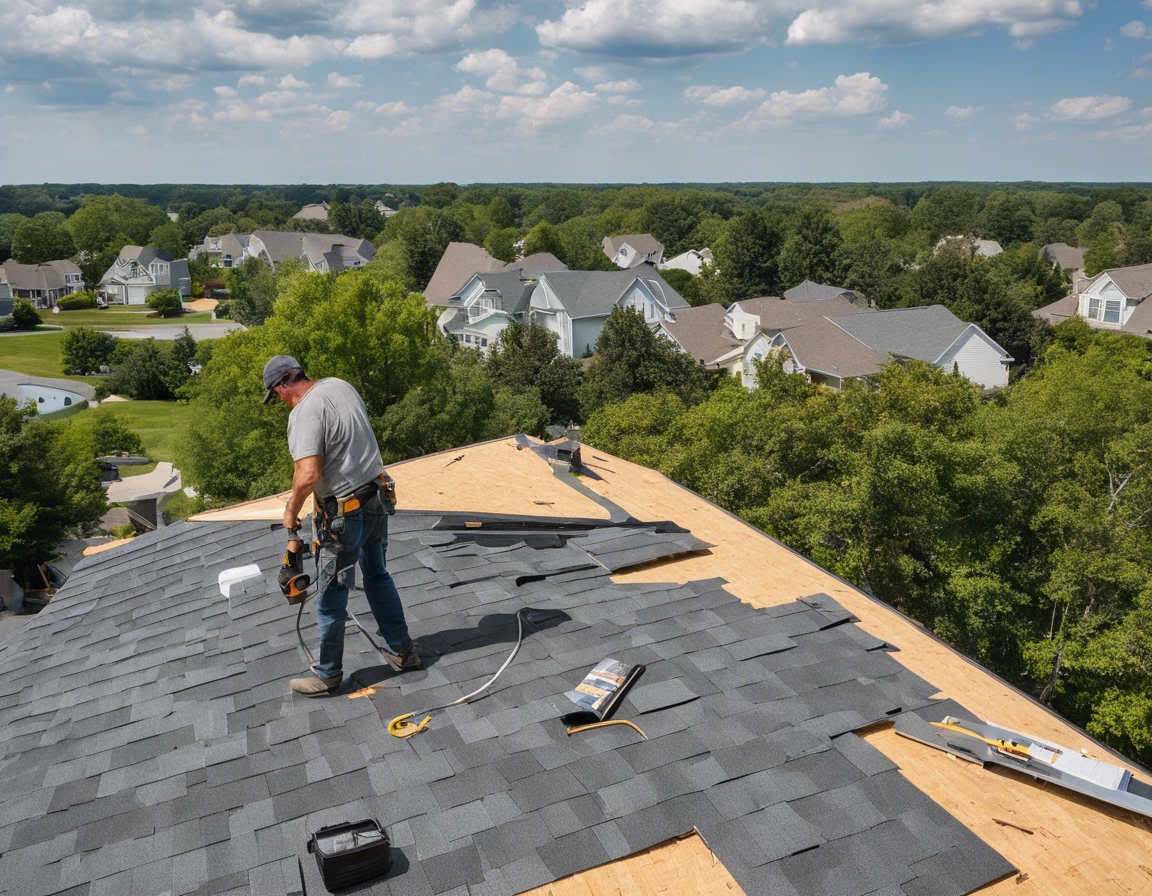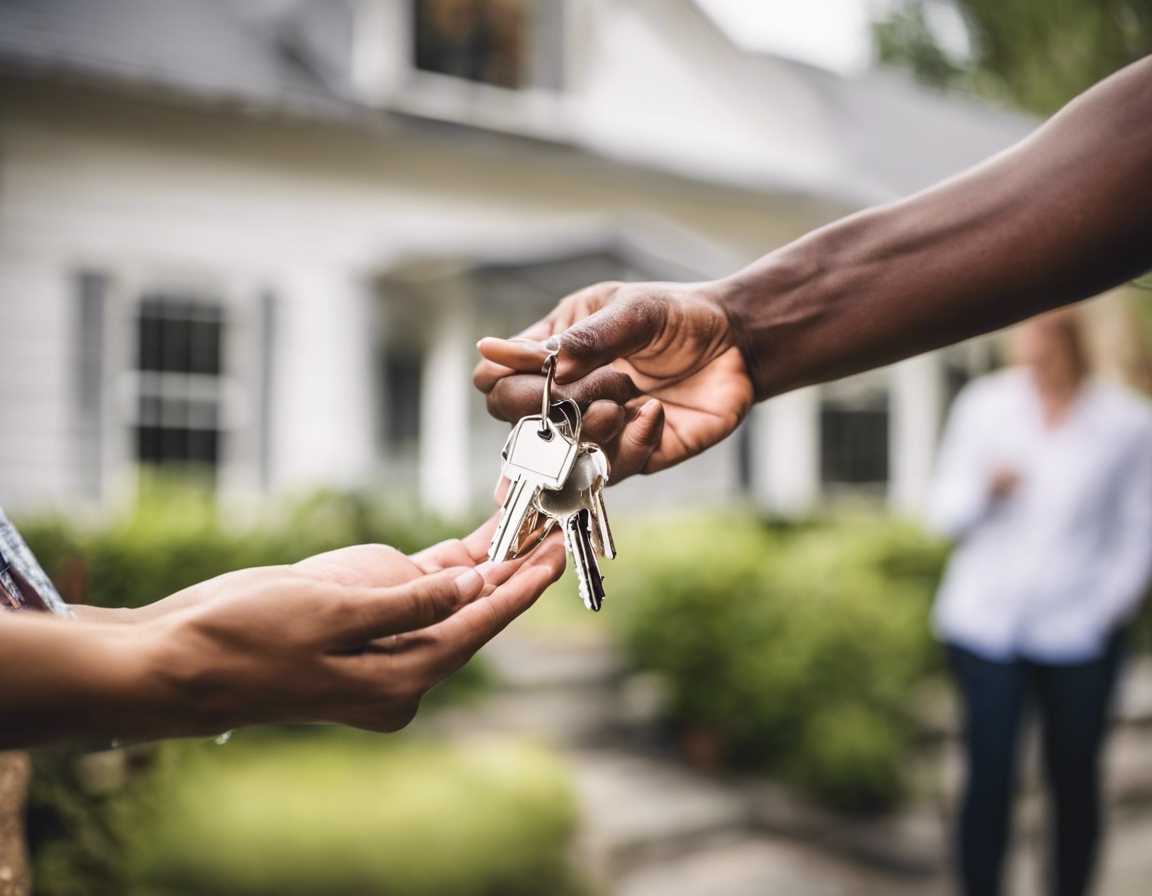The art of facade finishing: enhancing curb appeal
Facade finishing is the final touch that gives a building its character and identity. It involves the application of materials and techniques to the exterior surface of a structure to protect it from the elements and enhance its aesthetic appeal. The importance of facade finishing cannot be overstated, as it not only contributes to the building's visual impact but also plays a crucial role in its durability and energy efficiency.
Curb appeal is the attractiveness of a property as viewed from the street. It is the first impression that a home or building makes on visitors, potential buyers, or passersby. A well-executed facade finishing can significantly boost a property's curb appeal, potentially increasing its market value and setting it apart from the competition.
Key Elements of Facade Design
Choosing the right materials for facade finishing is essential for achieving the desired look and performance. Options range from traditional brick and stone to modern composites and metals, each offering unique benefits and aesthetic qualities.
The color and texture of facade materials play a pivotal role in defining the building's character. These elements should be selected carefully to complement the architectural style and surrounding environment.
Architectural features such as cornices, moldings, and window frames contribute to the overall design and are integral to the facade finishing process. These details can accentuate the building's style and provide an additional layer of visual interest.
Facade Finishing Techniques
Plastering and rendering are traditional methods of facade finishing that involve applying a smooth or textured coating to the exterior walls. These techniques can be used to create a variety of finishes and are popular for their versatility and affordability.
Cladding and siding are used to cover the exterior of a building with protective and decorative layers. Materials such as wood, metal, vinyl, and composite panels are commonly used, each providing different levels of durability and maintenance requirements.
Painting and coating are essential for protecting the facade from weathering and decay. High-quality paints and coatings can also enhance the building's appearance and can be formulated to resist fading, mold, and mildew.
Energy Efficiency and Sustainability
Facade finishing can significantly impact a building's energy efficiency. Proper insulation and the use of thermal barriers can reduce heat loss in the winter and heat gain in the summer, leading to lower energy bills and increased comfort.
Environmentally conscious homeowners and developers are increasingly seeking eco-friendly facade finishing options. Sustainable materials and practices not only benefit the environment but can also contribute to a healthier living space.
Maintenance and Durability
The choice of materials for facade finishing has a direct impact on the longevity of the building's exterior. Durable materials may have a higher upfront cost but can result in lower long-term maintenance expenses.
Regular maintenance is key to preserving the facade's appearance and functionality. Simple actions such as cleaning, inspecting for damage, and timely repairs can extend the life of the finishing and protect the building's value.






Comments (0)